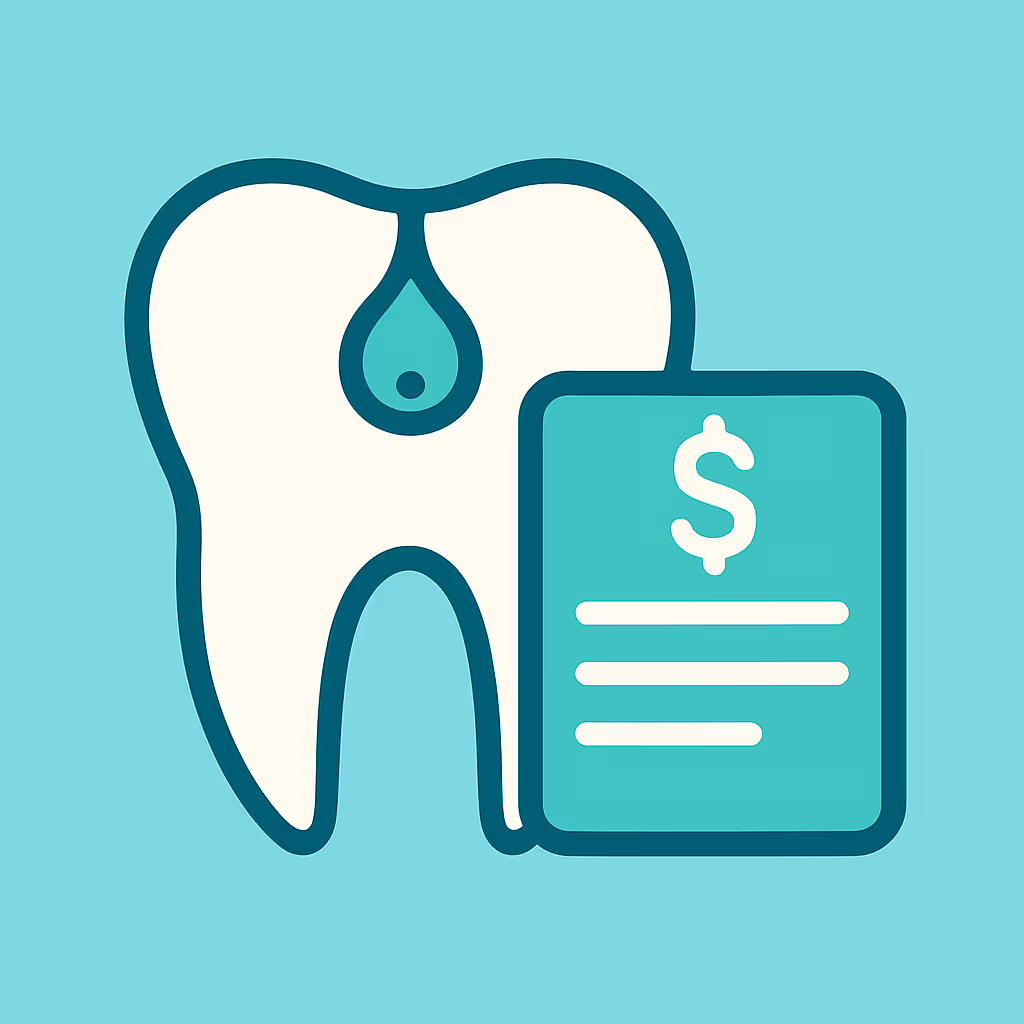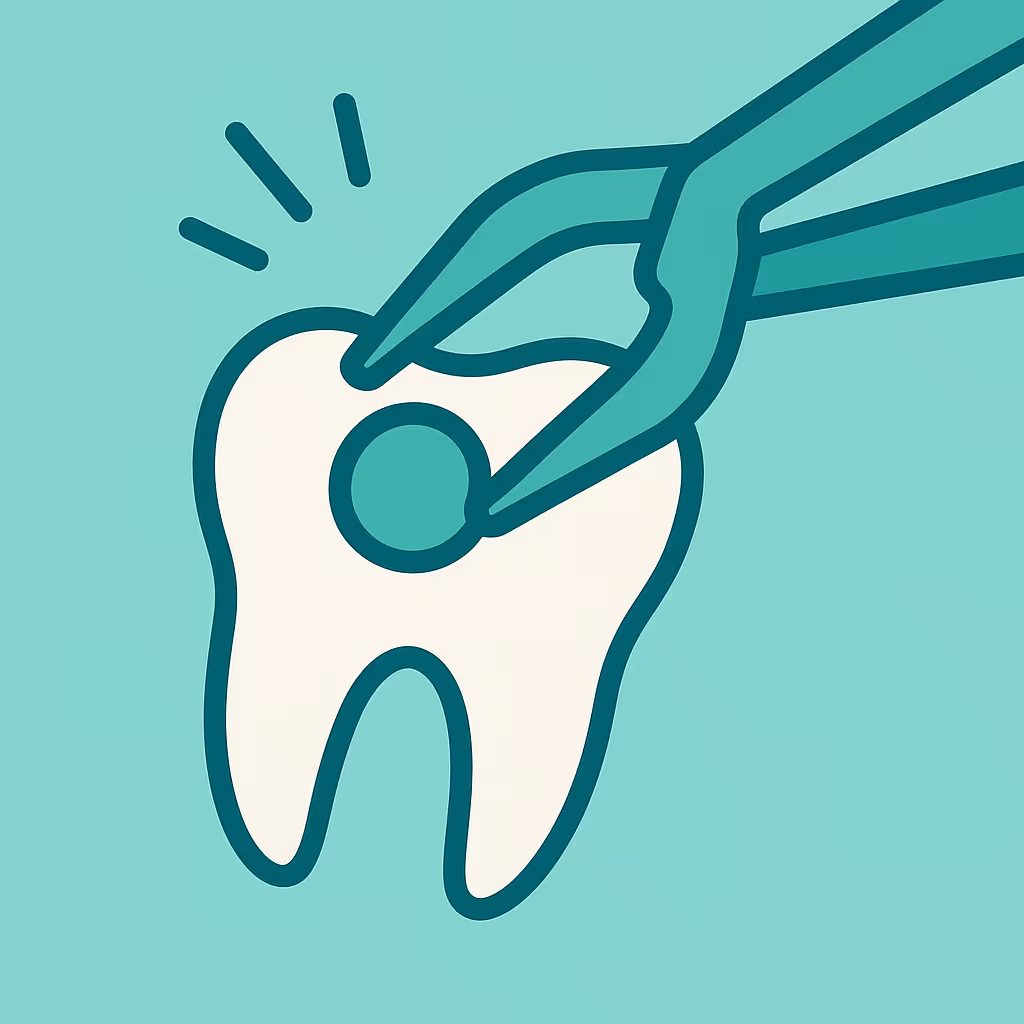Understanding Dental Code D7286
When to Use D7286 dental code
The D7286 dental code is designated for an incisional biopsy of oral tissue – soft. This CDT code should be used when a dental provider removes a portion of suspicious soft tissue for microscopic examination, rather than excising the entire lesion. It is distinct from excisional biopsies, which involve complete removal and are coded differently. Use D7286 when the clinical objective is to obtain a representative tissue sample to aid in diagnosis, particularly when the lesion’s nature is uncertain or malignancy is suspected.
Documentation and Clinical Scenarios
Accurate documentation is essential for proper reimbursement and compliance. The patient’s chart should clearly describe:
- The clinical findings that prompted the biopsy (e.g., persistent ulcer, unexplained swelling, abnormal mucosal appearance).
- The location, size, and characteristics of the lesion.
- The rationale for performing an incisional (not excisional) biopsy.
- Details of the procedure, including anesthesia used, tissue sampled, and any complications.
Common clinical scenarios for D7286 include:
- Suspicious white or red patches (leukoplakia or erythroplakia) that require diagnosis.
- Lesions that are too large or in a location where full removal would be inappropriate or harmful.
- Areas where malignancy is suspected but confirmation is needed before definitive treatment.
Insurance Billing Tips
To ensure successful claims processing for D7286, follow these best practices:
- Verify benefits before treatment: Confirm with the patient’s dental insurance whether biopsies are covered and if a medical claim is required.
- Submit supporting documentation: Attach clinical notes, intraoral photos, and pathology reports to substantiate medical necessity.
- Use the correct CDT code: Do not confuse D7286 with codes for excisional biopsy (D7287) or hard tissue biopsy (D7285).
- Coordinate with medical insurance: Some plans may require submission to medical insurance first, especially if malignancy is suspected. Use appropriate cross-coding (e.g., CPT 40808) when necessary.
- Track claims and follow up: Monitor EOBs and AR to ensure timely payment. Be prepared to submit claim appeals with additional documentation if denied.
Example Case for D7286
Consider a patient presenting with a persistent, irregularly shaped red patch on the buccal mucosa. After thorough examination and documentation, the dentist determines that an incisional biopsy is indicated to rule out dysplasia or carcinoma. The procedure is performed under local anesthesia, and a representative sample is sent to pathology. The dental office submits a claim using D7286, attaching clinical notes and a pathology requisition. The insurance carrier requests additional information, so the office promptly provides intraoral photographs and a narrative. The claim is approved, and payment is posted to the patient’s ledger, demonstrating effective billing workflow and documentation.





